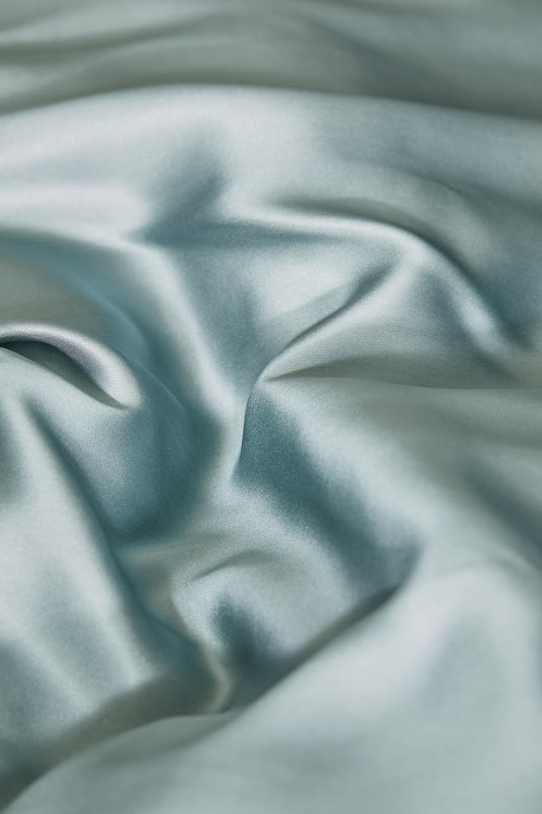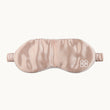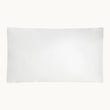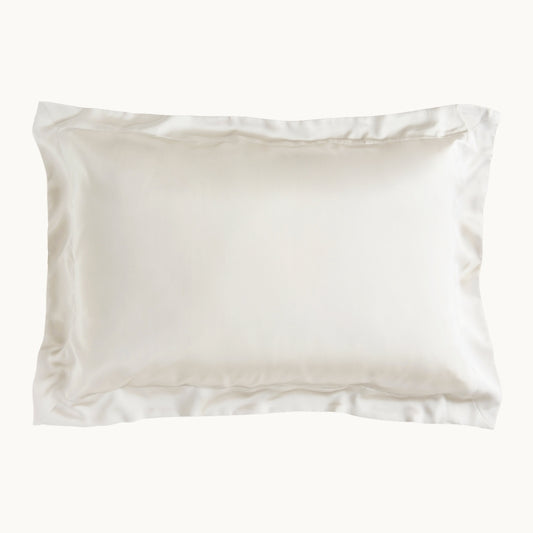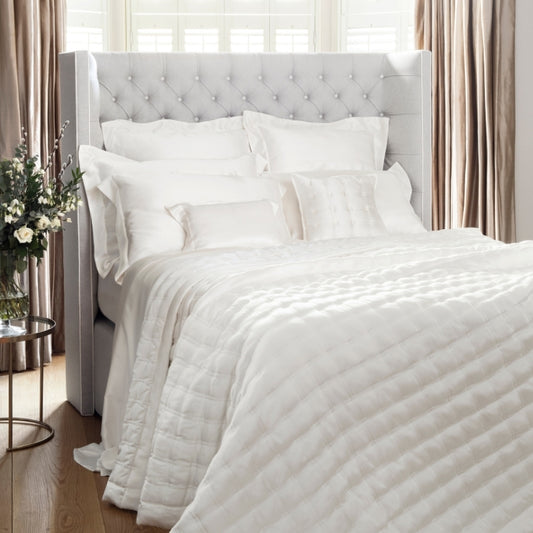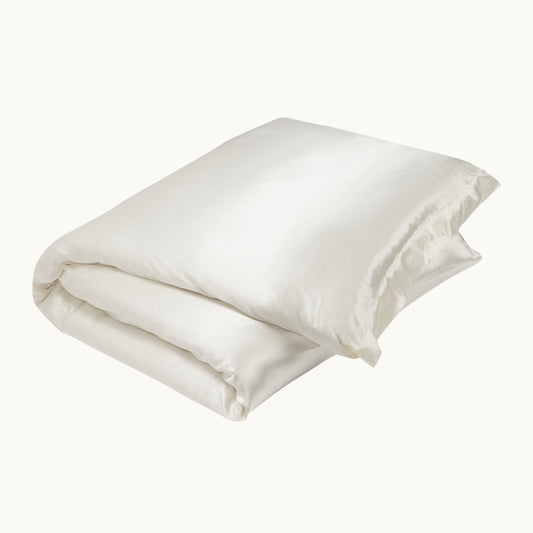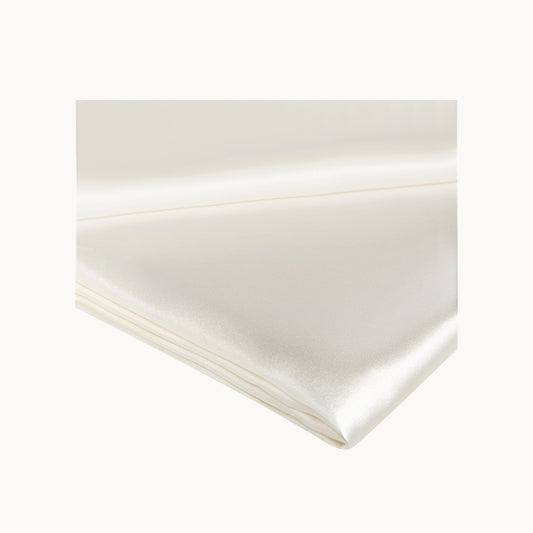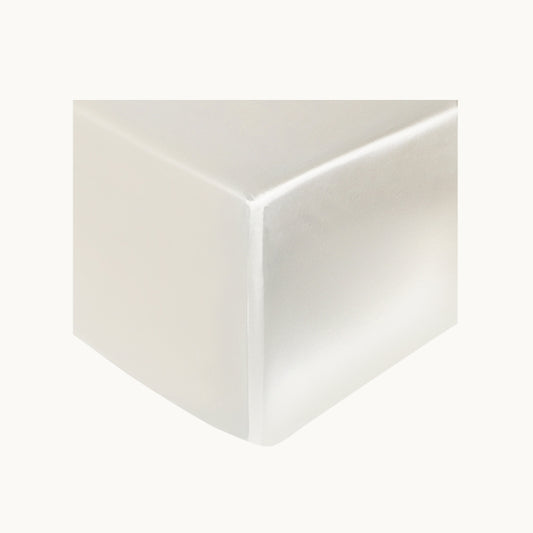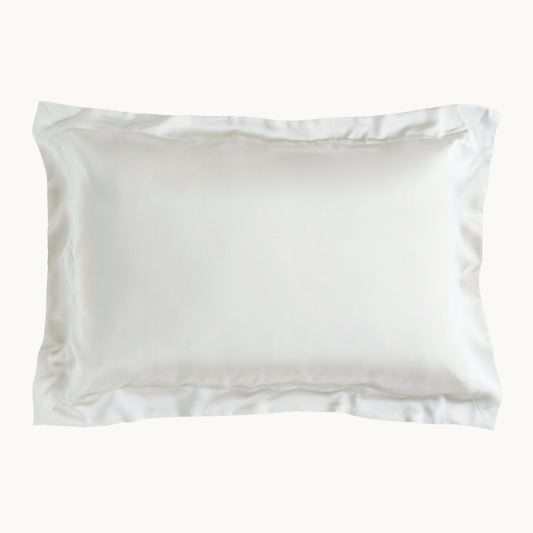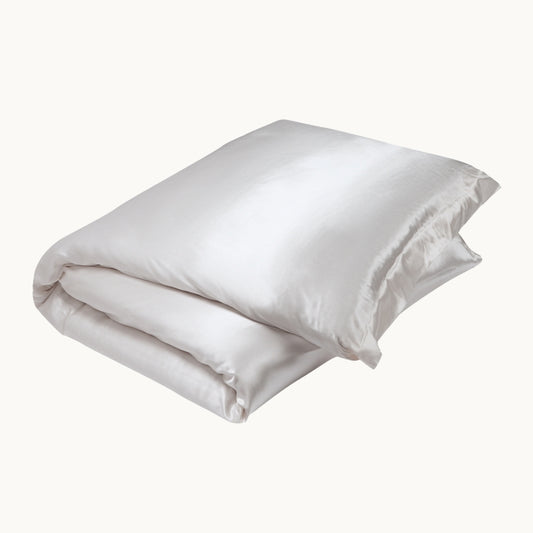Silk is a delicate luxury fabric with many desirable qualities, but being resistant to wrinkles is not one of these qualities. The good news is, silk does not wrinkle permanently and you can get out these creases from the comfort of your own home - you just have to take a little extra care when doing so.
Whether it’s bed sheets or clothing, there are many people that prefer a polished and put-together look which can mean ironing out creases and wrinkles in fabrics. If you’ve recently invested in silk products and you want to keep them looking their best, our guide to ironing silk will help you to eliminate creases without damaging this opulent fabric. Follow our top tips below before attempting to iron your silk so that you can perform this task in the knowledge that your fabric will come out looking pristine.
Can you iron directly on silk?
Many people think that you cannot iron directly onto silk as this will scorch the fabric, however this isn’t strictly true. If you have very stubborn creases you can use an iron, but this must be done on the silk setting if you have one, or on the very lowest setting. Even so, we would still recommend using a press cloth, handkerchief, or thin towel to place in between the iron and the silk to reduce the chances of damaging your silk. You should also turn off the steam setting on your iron to avoid any water stains from damaging your silk. With that being said, you can use a handheld steamer in place of an iron if you prefer, but this will be discussed later on.
If you do use to choose an iron, you should pass the iron over the silk quickly to avoid staying in any one spot for too long in order to avoid exposing the silk to too much prolonged heat. We’d also suggest that you iron your silk whilst it is still a little bit damp as this will help to reduce any damage caused by dry heat.
Furthermore, it is advisable to turn the silk inside out where possible in case of any accidents as they can then be easily hidden. However, you will need to make sure that you are ironing on a clean surface, especially if the outer fabric is directly touching your ironing board or surface.
Should you iron or steam silk?
There isn’t really a right or wrong answer to this. Generally, the consensus is that steaming is better for silk than ironing, but if you follow the tips highlighted above and those in our care guidance page you should be able to safely iron your silk without damaging it. With that being said, if you’d prefer not to risk it and believe that steaming may be best, you can opt for this method. If you haven’t steamed your silk before, try a patch test on an inconspicuous area first to make sure that your steamer and silk are compatible.
If you are steaming silk to remove creases, it is advised that you turn your silk inside out and hang it vertically. Make sure that the steamer has stopped spitting hot water before you place it over the silk, and use long downward strokes to gently remove creases. The purpose of using a steamer is to stop the silk from being exposed to direct heat, but it should be noted that water stains are still possible from the steaming process. Steaming will also help to remove odours and bacteria, which can play a part in reducing washing frequency, maintaining the appearance of the fabric. If you have just a few small creases in your fabric, you can also try hanging the garment on the back of the bathroom door whilst you take a hot shower or bath, as the steam from this is likely to gently help the fabric release small wrinkles without the need for more direct steaming or ironing.
When steaming your silk, you should opt for distilled water rather than tap water to prevent mineral build up and add more lustre to your fabric. Whilst steaming, use your free hand to pull the fabric taut to avoid folds from forming, and hang the garment on a sturdy wooden hanger rather than a thin wire framed one as this will help the garment to maintain its shape.
How to iron bedding
You can use either of the methods above to remove creases from your silk sheets. However, in the case of using a steamer you may wish to hang sheets across the top of a door or over a clothes horse to create a large surface area in which to steam, avoiding folds from forming where the fabric bunches up. When it comes to storage, make sure that you neatly fold your silk bedding before putting it away.
Care for your silk with Gingerlily
At Gingerlily, we understand the value of silk, and the extra effort it takes to care for it is well worth it to experience that opulent softness and lustrous sheen. To help you enjoy fresh, luxury silk every day, we’ve put together a detailed guide on how to care for your silk at home which includes washing instructions to complement your ironing regime. Our blog also offers the answers to frequently asked questions such as ‘how often should I wash my bedding?’, whilst our online store has a selection of products to help keep your silk protected, from our silk washing detergent to our silk laundry bags.
